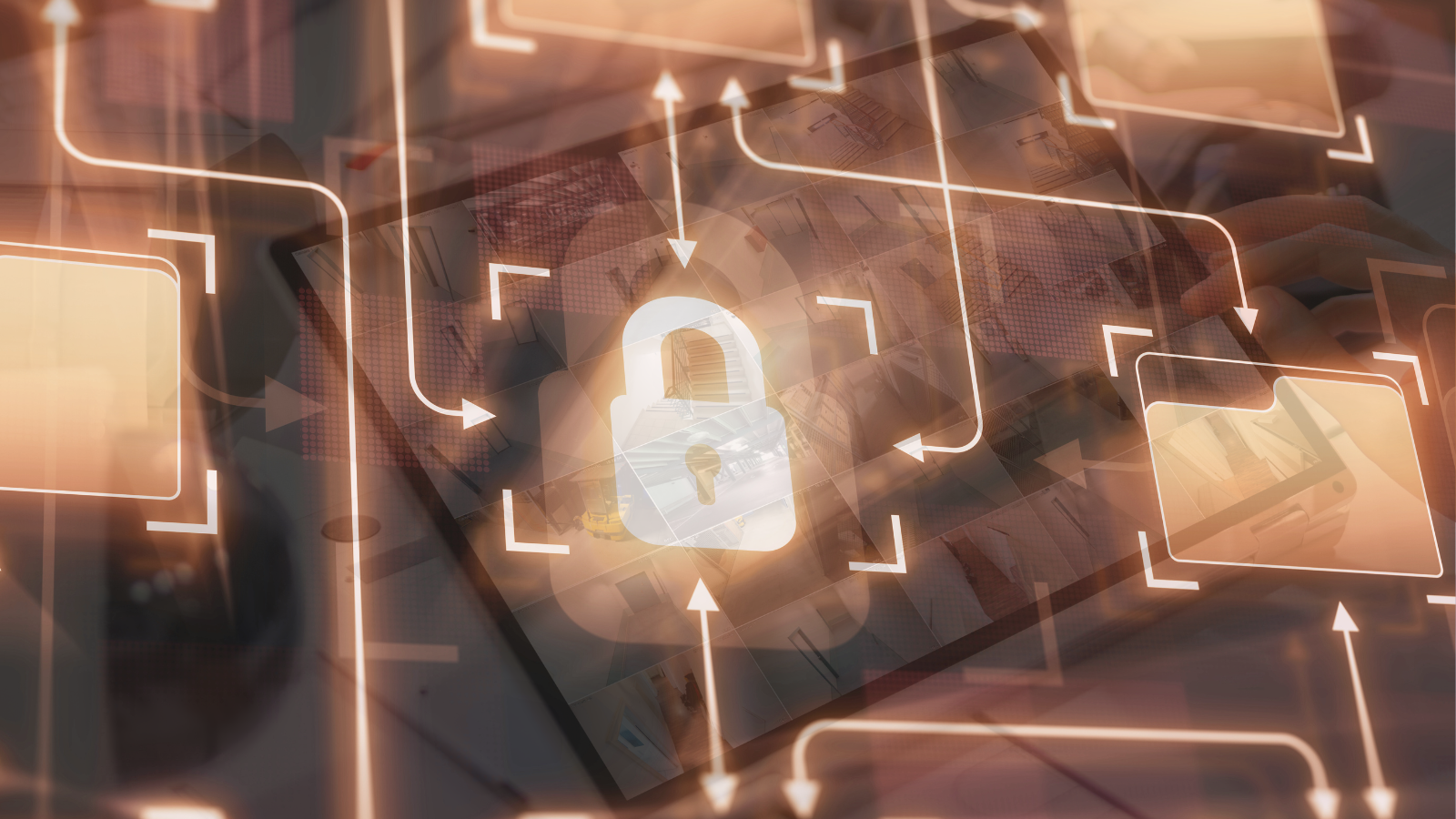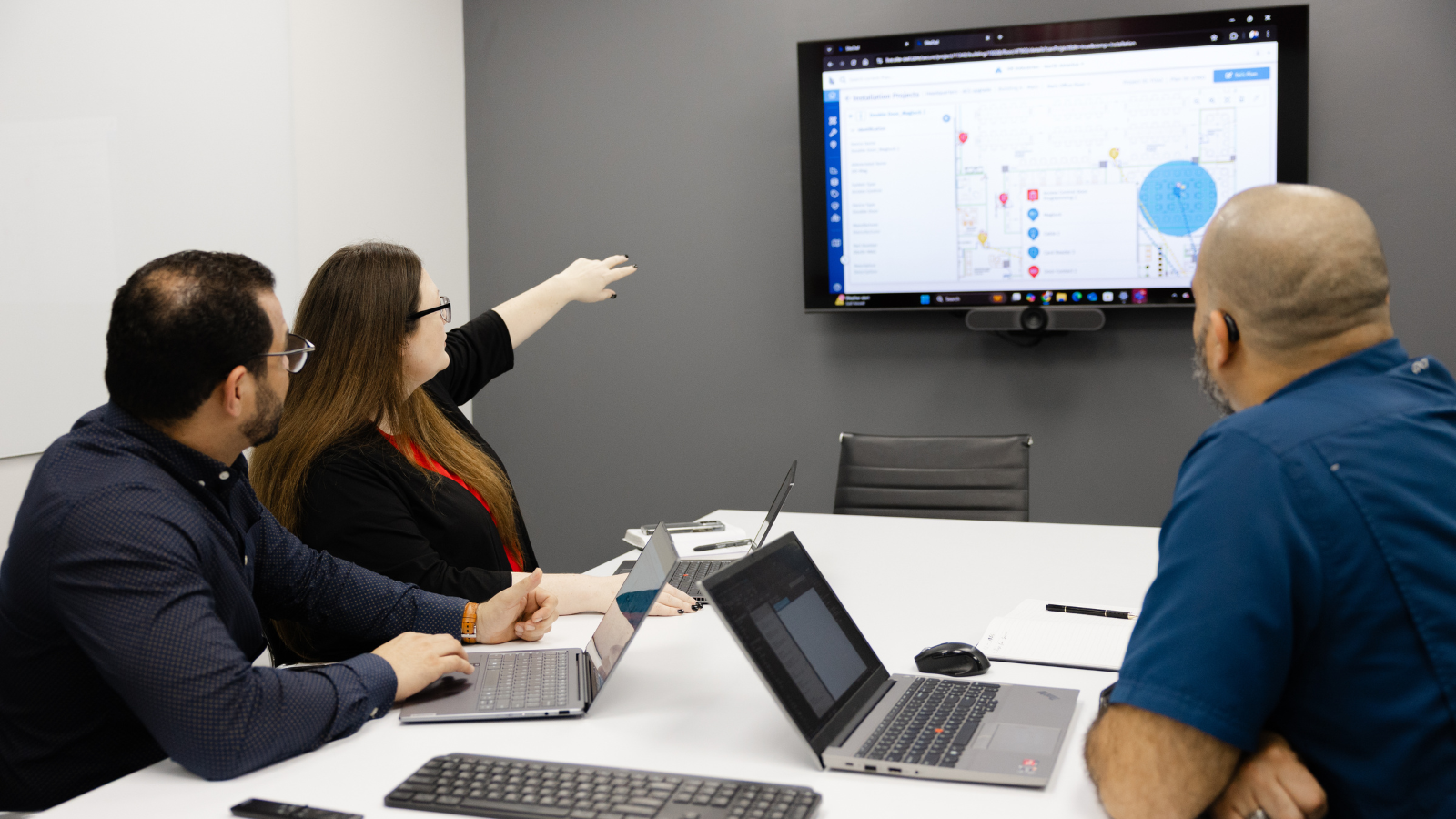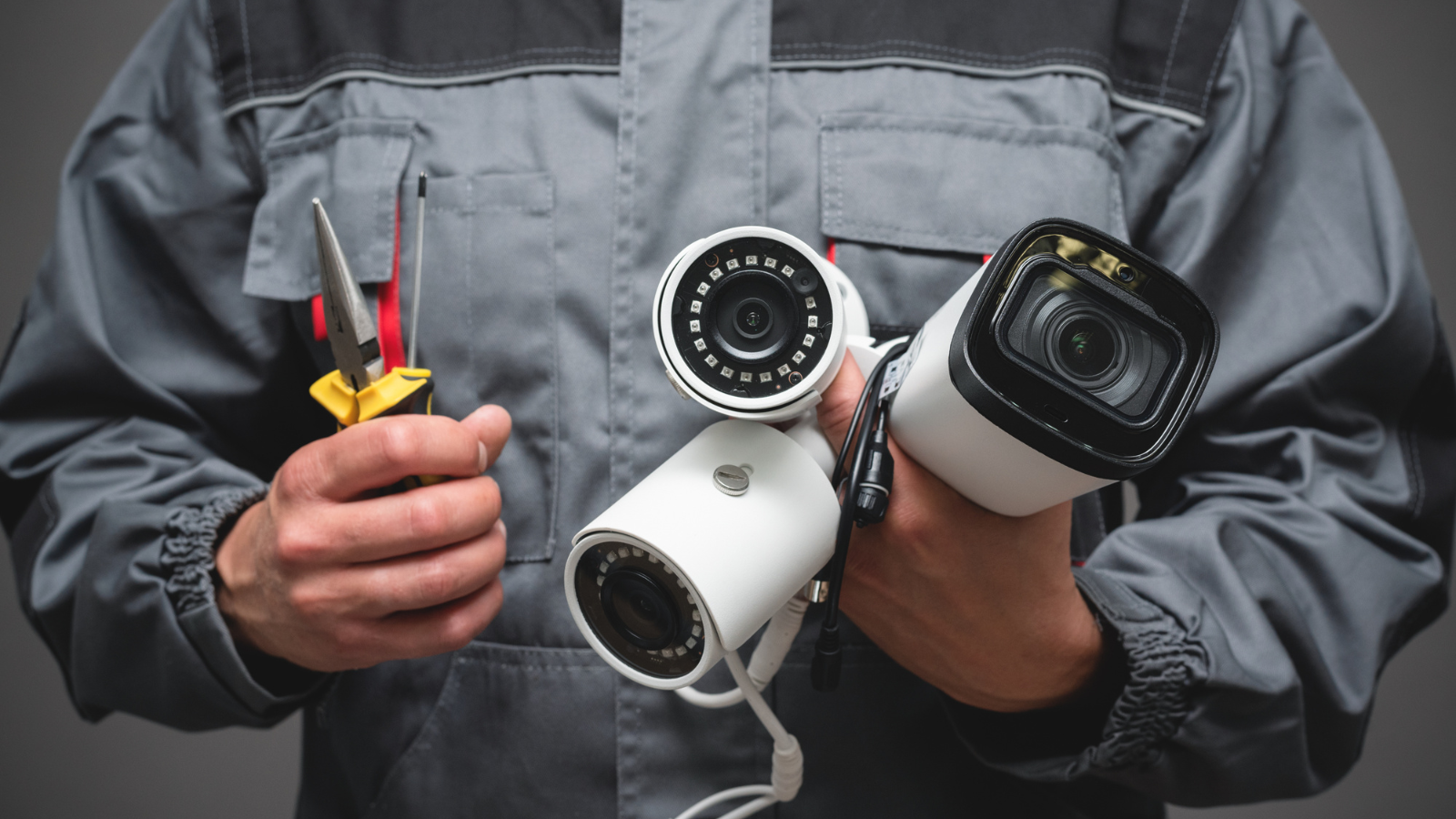Almost all K-12 schools use physical security systems, including security cameras, lighting, and access control systems, to protect their schools. For example, a National Center for Education Statistics survey found that over 97% had controlled access to their building. Physical security remains a high priority in K–12 schools, now more than ever.
The challenge for many school administrators is managing their physical security systems in a centralized and efficient manner. With so many resources, recommendations, and questions directed at school leaders, they can easily find themselves overwhelmed when addressing their school’s physical security challenges.
Superintendents, district-level leaders, and educational professionals need access to practical and effective security methods to ensure their school’s physical security remains robust while supporting a positive learning environment.
Here are five effective tips that local educational agencies (LEAs) can implement to improve their physical security posture:
1. Conduct a school security assessment
A school security assessment aims to identify strengths and vulnerabilities and develop recommendations for short- and long-term safety and security improvements. Security experts on both the national and local levels agree that assessments are the most effective tool that school leaders can use to evaluate the effectiveness of the security measures they currently have.
An independent security professional should conduct a proper assessment to systematically evaluate the safety and security of schools and support facilities. Additionally, by conducting a detailed assessment, schools not only have a chance to improve the overall security of their schools, but by documenting it, they can use the information for future planning, grant applications, and school board presentations.
The Cybersecurity & Infrastructure Security Agency (CISA) has an excellent guide designed for local education agencies to employ in conjunction with their K-12 School Security Assessment Tool (SSAT). The web-based tool enables school administrators to evaluate their physical security posture and is excellent for planning and implementation. Together, the guide and the assessment tool provide many best security practices and options for K-12 schools.
School Physical Security Resource #1: [DOWNLOAD] The K-12 School Security Assessment Tool (SSAT).
2. Adopt a systems-based approach
A systems-based approach requires schools to consider physical security from a holistic perspective. This means that every device, sensor, gadget, system, etc., is integrated and aligned to prevent, recognize, and respond to threats. Additionally, by adopting a systems-based approach, school leaders make sure that protection measures are in line with the broader school safety program.
Each school is unique, and there is no standardized checklist for schools to follow, but a systems-based approach is an effective way for schools to evaluate their challenges from the ground level. For a systems-based strategy to succeed in maintaining certain protection and mitigation components must be in alignment. These components consist of:
- Security equipment and technology
- Site and building design
- People and personnel
- Policies and procedures
- Training and exercises
Homeland Security Report-A Systems Approach to Physical Security in K-12 Schools
3. Apply the school security layered method
Schools that apply the layered method understand how additional layers of physical security can help mitigate the impact of threats and risks. From a physical security perspective, a layered approach ensures that security systems work in an integrated way to detect, delay, and respond to threats and help to prevent single points of failure.
The premise of the layered method is that well-designed and fortified security layers make it more difficult for bad actors to access a school and commit violence. In order to be successful, school security teams must work closely with local law enforcement and fire departments to determine which layers of security are appropriate and safe for their particular school, district, and state. In addition, the American Society for Industrial Security has practical and well-defined physical security resources and guidelines for schools to install adequate layers that will strengthen their security posture.
School Physical Security Resource #3: [Review] ASIS school safety featured resources to access many informative articles on physical security, including best practices for lockdowns, campus safety, and security awareness.
4. Integrate Crime Prevention Through Environmental Design
Schools have a lot to benefit from integrating Crime Prevention Through Environmental Design (CPTED) principles into their campus security designs. CPTED is intended to deter crime through proven security designs that incorporate:
- Natural surveillance-Examples include: Improving visibility with lighting and designing landscapes that allow clear, unobstructed views of surrounding areas.
- Natural access control-Examples include: Clearly marked public walkways and paths.
- Territoriality reinforcement-Examples include Visible attributes that express ownership, such as the school’s motto or mascot name.
- Activity support-Examples include Signage that gives clear instructions as to the rules of the defined space.
- Maintenance-Examples include: Allows for continued use of a space and supports all the above examples.
CPTED applies to both new and existing schools and when implemented correctly, can serve as a powerful tool in the overall security effectiveness of a school’s physical security program. Thus, adopting a few CPTED fundamentals may help make it significantly safer. CPTED elements that can have the most impact on school security include:
- Improving access control and traffic flow.
- Establishing security layering and zoning.
- Enforcing perimeter boundary and ownership.
- Minimizing inconsistent user traffic patterns.
- Establishing clearly defined areas where people can take cover in the case of an active shooter situation.
School Physical Security Resource #4: [Review] The Center for Disease Control and Prevention )CDC’s Crime Prevention Through Environmental Design (CPTED), School Assessment and Guidance document.
5. Manage school physical security systems
Physical security systems should be tailored to provide protection and mitigation benefits based on a school’s specific circumstances. School physical systems consist of security equipment and technology, building and architectural design features, people and personnel, policies and procedures, and associated training and exercise requirements. When devices, systems, and personnel work in tandem, a school has a strong physical security program in place.
K-12 school district leaders can’t overlook the importance of managing physical security systems. The challenge for school officials is managing all security information, from security cameras to active shooter solutions, on a single platform. In addition, school leaders want a bird’s eye view to gain complete visibility of their physical security infrastructure. A school building perimeter provides good examples of the various security equipment and technology including:
- Building design features
- Video surveillance
- Screening systems
- Access control devices
- Notification systems
School Physical Security Resource #1: [Review] SiteOwl’s School Security System Management Page.
Summary of best physical security practices for K-12 schools
There is no one-size-fits-all approach to physical security because every school is different, but school leaders can be sure they are using the best practices by basing their physical security plans on tried and true strategies.
Security assessments help schools pinpoint strengths and weaknesses while formulating suggestions for both immediate and long-term safety and security enhancements. Local educational organizations can use CISA’s K–12 School Security Assessment Tool (SSAT) to evaluate their physical security posture and is excellent for planning and implementation.
School administrators can ensure that safety precautions are in accordance with the larger school safety program by using a systems-based approach. CPTED is applicable to both new and old schools, and when properly implemented, it may be a potent instrument in a school’s physical security program’s overall security effectiveness.
Finally, K-12 school district leaders can’t overlook the importance of managing physical security systems. This includes tracking and managing all system devices across multiple campuses from a centralized interface that enables them to stay on top of ongoing security system activities and maintenance work.
SiteOwl is the security industry’s first and only lifecycle management platform that enables system administrators and end users to easily monitor ongoing physical security system issues and conduct system-wide audits to identify and fix security gaps in real-time.

Su Subburaj
Su is SiteOwl's CMO and leads all marketing and communications. Su has extensive strategy and management consulting experience and previously consulted for 3Sixty Integrated where she gained an in-depth understanding of digital transformation challenges in the physical security industry. When not working on strategies to expand SiteOwl's footprint, Su enjoys bad karaoke, weightlifting and traveling.




